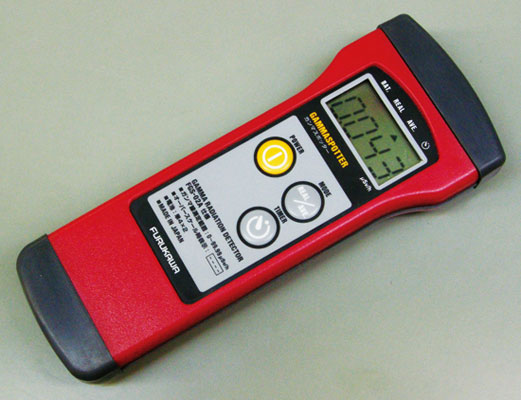Technology:
Mincing fish
beforehand is necessary to measure how much radioactivity it contains with the
existing measuring instrument. In addition, it takes 30 minutes before the
measurement results are given, not to mention that only a small amount of
sample can be examined. Furukawa is developing equipment to measure
radioactivity contained in all catches in foam cartons in 7-8 seconds at the
fishery harbor without damaging catches. The company plans to put the equipment
on the market in the spring of 2013.
Furukawa developed
a crystal called gadolinium, aluminum, gallium, and garnet (GAGG) that increases
the accuracy of radioactivity measurement dramatically. The company ismarketing a portable instrument to measure radioactivity in the air by utilizing this crystal. And the new equipment is based on the technology built
in this portable measuring instrument. The new equipment measures the amount of
radioactivity of catches in form cartons moving on the belt conveyor in 7-8
seconds. Satoshi of Tokyo University helped Fukukawa with the development. The
price is scheduled to be around 10 million yen.
Other companies are
also actively developing similar instruments responding to the standards of
radioactivity in food that grew more stringent since April of this year.
Mitsubishi Heavy developed equipment that can examine four 30 kg rice bags in
one setting jointly with Seiko EG&G, and it is marketing it for 20 million
yen. Shimadzu developed equipment that can examine one 30 kg rice bag in five
seconds utilizing the camera technique used in medical checkup of cancer that
it has accumulated for years. The equipment is sold for 20 million yen.
In the new
standards put into effect in April this year, common food like vegetable is not
allowed to contain radioactivity for more than 100 Bq per kg, baby food and
milk for more than 50 Bq per kg, and drinking water for more than 10 Bq per
kg.

No comments:
Post a Comment